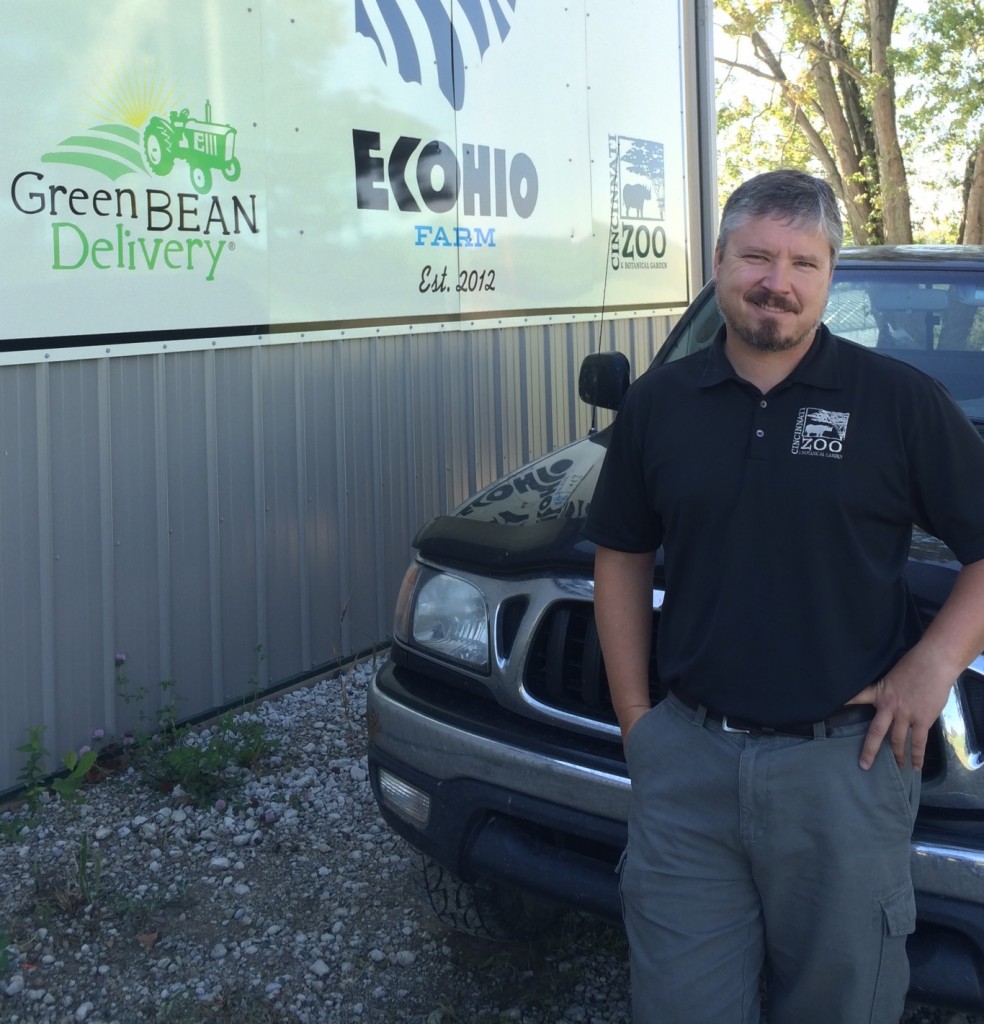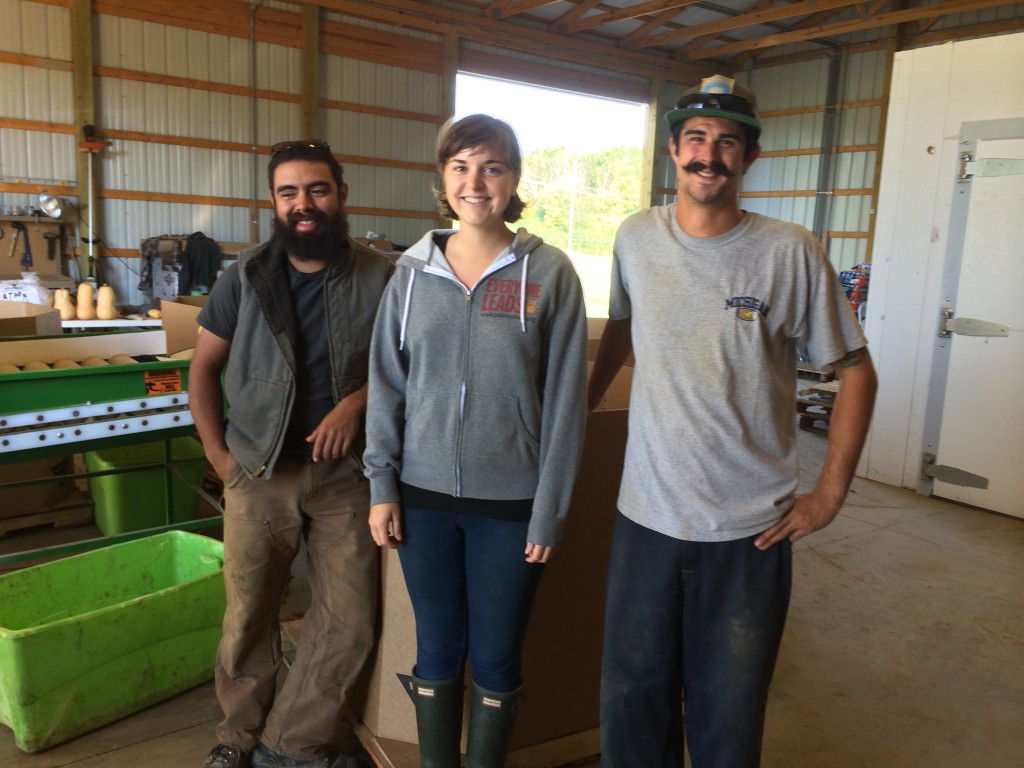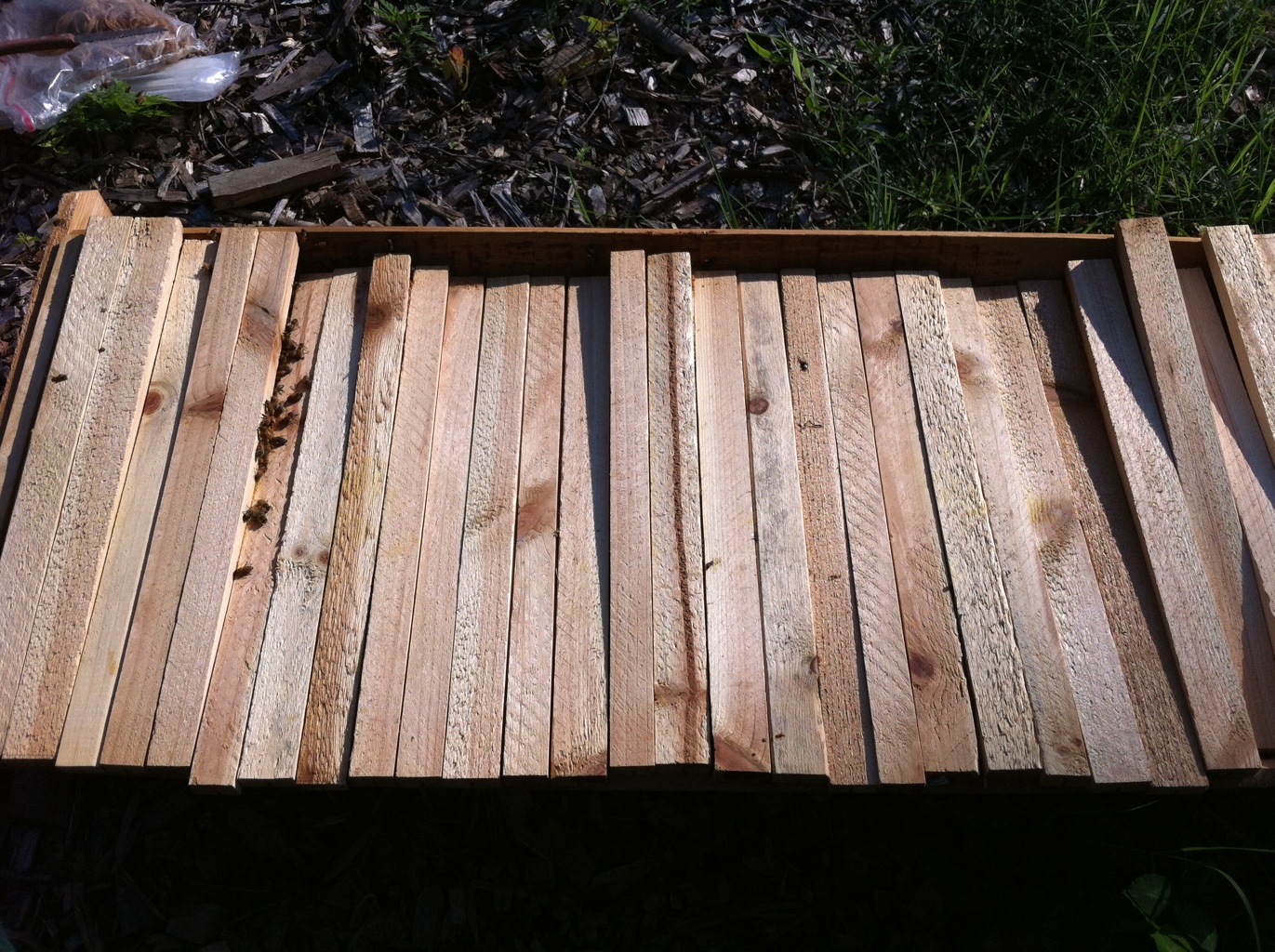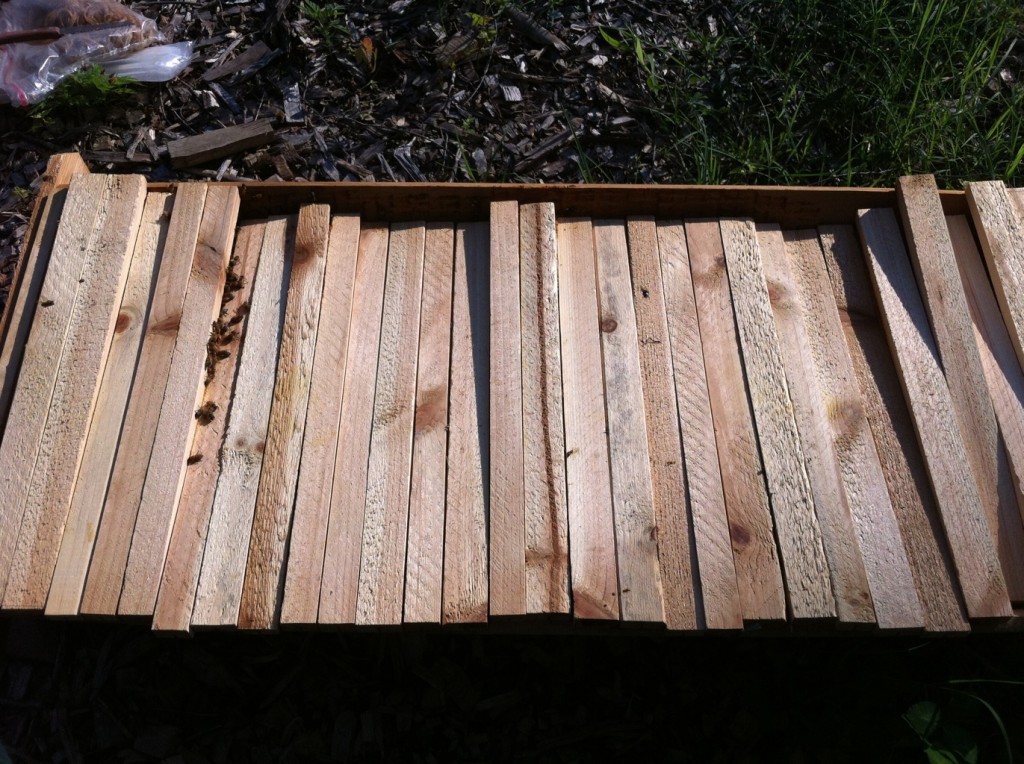List some of your favorite things. Go ahead. Here are mine:
- Honeybees
- Prairie flowers and prairie grasses
- Organic vegetable gardens
- Farming
- Tractors
- People who have grand ideas
- People who are not fearful of those grand ideas
- People who make things happen because they say “If not me, who? If not now, when?”
- The Cincinnati Zoo
- Grassroots movements
- Green Bean Delivery
- Etc.
There might possibly be a movement afoot, Reader. There might possibly be an exciting, easy partnership developing. Among people who are the kind of people who simply get along and trust one another and want to work together. For a greater good than if we worked alone.
This movement of like-minded and why-not-us people reminds me of what’s happening in the once-neglected space behind Eli’s BBQ. We’re all sort of squatting together in an urban lot…the gardener, the orchardist, and the beekeeper. And it’s so awesome we can hardly stand it.
This new movement will be organized yet flexible. We’ll think about it. But we’re moving forward as we think. And we’re not squatting. We belong here. It’s all arranged.





